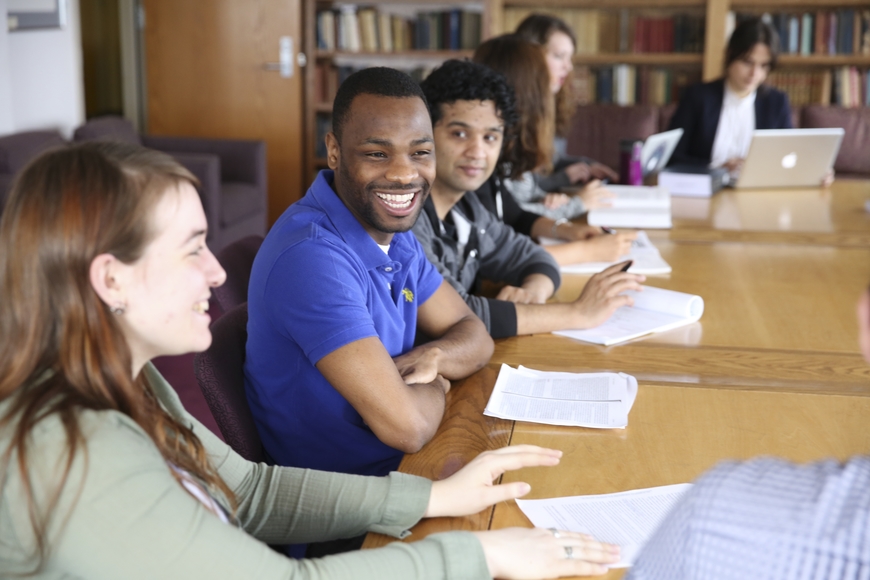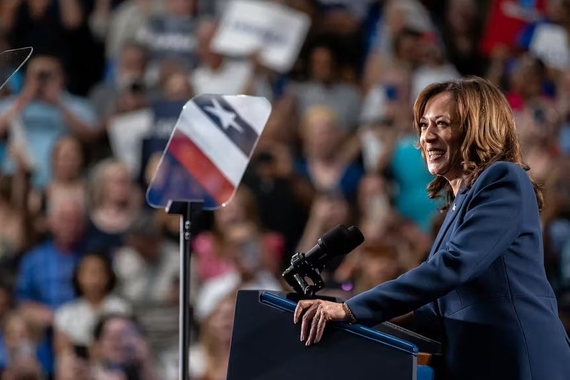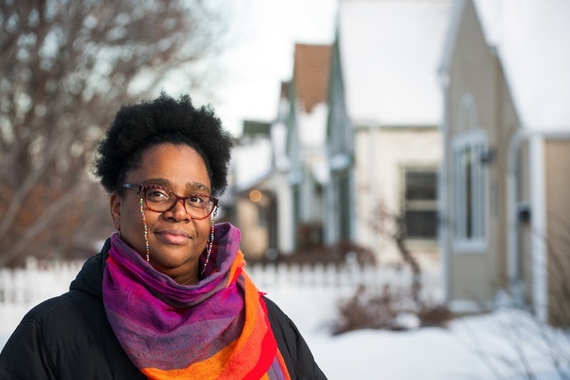Building compassion, imagination, and communities through the liberal arts
Chair Cohen, Vice Chair Rosha, Provost Hanson, and members of the Committee, I’m delighted to be with you today to share my thoughts on liberal education in general and the liberal arts specifically here at the University of Minnesota. Thank you.
Professor Leopold did an excellent job explaining what we mean by a liberal education and what we hope to achieve from it. The habits of mind he discusses are those we want to develop in all our students, regardless of major. I won’t repeat what he so effectively discussed about liberal education, but will focus my comments more specifically on the contribution of the liberal arts to this enterprise, both in serving CLA students and students from across the U.
As Provost Hanson said, the status of liberal education and the liberal arts is not a new topic. In fact if you Google “value of liberal arts education” you get thousands of hits and dozens--if not hundreds--of well-reasoned arguments passionately defending the liberal arts and sciences to skeptical lawmakers, taxpayers, parents, and students.
It is something that those of us in the liberal arts are familiar with, no matter that many of us--as was so well explained by both Provost Hanson and Professor Leopold--see these STEM vs. liberal arts conversations as misleading.
So why are the benefits of the liberal arts in question?
Let me suggest two reasons, both of which are about communication. First, I think we haven’t done a good enough job of explaining how education in the liberal arts contributes to individual success. That is most notably true in the area of careers, where the track record is clear: an education in the liberal arts is a springboard to lifelong career success for millions of graduates.
Research from the Association of American Colleges and Universities and the National Center for Higher Education Management Systems shows that the return on investment in a liberal arts education is strong, particularly in peak earnings years.
This result occurs in part because liberal arts education prepares you well for the 2nd, 3rd, and 4th job, and in part because liberal arts education prepares you well for a wide range of graduate study. Data from the Association of American Medical Colleges, for example, show that medical school acceptance rates for students in the humanities matches or exceeds the rates for students from other fields.
A number of other studies echo these findings. An article in the Wall Street Journal just last week reported that employers are prioritizing job applicants who can “communicate clearly, take initiative, problem-solve, and get along with co-workers.” The article notes that “decades-long shifts in the economy have made [these skills] especially crucial now.” These are, among others, the skills and habits developed through the liberal arts.
In the College of Liberal Arts, as part of our CLA Roadmap we have been hard at work improving our career services for our students and creating programs that help students articulate how the liberal arts education they received in college has prepared them for life after they leave campus.
A second reason why the benefits of the liberal arts are in question is again about communication: we--and by that I mean we as liberal arts educators throughout the country--have not done an effective enough job explaining how our research, creative work, and education contribute to healthy and vibrant societies.
The news this summer brought one tragedy after another: Orlando, Nice, Falcon Heights, Istanbul, Dallas. As I reflected on these difficult events and the conflict, violence, and division we have seen, I was encouraged that our work in the liberal arts can offer hope, understanding, and perspective to our students and to the people of Minnesota and beyond.
In the liberal arts we analyze disparities and conflicts and place them in historical, economic, and social context. Across our areas of study, we work to dispel confusion, understand sorrow, and discuss individual and societal challenges. We study what brings communities together and what divides them. We describe and explain the past and present and imagine possible futures.
In other words, the liberal arts contribute basic building blocks for prosperous, equitable, and democratic societies.
Let me describe three ways we do that.
First, the liberal arts build compassion: Compassionate students and compassionate communities. So much of what we do in the liberal arts is trying to see the world through others’ eyes – people different from me, people in the past, people of other cultures and countries, the artist, the characters in a play or novel, consumers, voters, those facing economic or psychological challenges, and so on. Seeing through the eyes of others is critical in nearly every occupation and it is essential to thriving communities. When we see through the eyes of others, we question our assumptions, challenge our beliefs, and develop new ways of thinking. The liberal arts and liberal education teach us to act toward others with compassion, humility, and respect because we recognize there are multiple ways to look at the world.
Second, the liberal arts build imagination. We study the present and the past to imagine possible futures. Our students are encouraged to ponder questions such as: How do we want to live? What do we value? How do we become our best individually and collectively? What is a productive life? What is beauty? What provides opportunity? What policies and practices best promote the goals and values we choose to prioritize in our communities, in our democracy? We encourage creative and critical thinking that helps define and answer these questions.
And third, the liberal arts build the foundations for healthy communities and democracies. We study how communities and democracies work. We offer insights about individual, group, and collective needs, wants, motivations, and tensions. Insight about what brings us together and what divides us. Insight about how individuals and communities thrive, whether in the realm of education, health, raising families, civic engagement, or other areas.
In sum, by building compassion, imagination, and communities, the liberal arts enrich our students and encourage the development of a vibrant and healthy society.
When History Professor Erika Lee teaches a class on American Immigration History, her students learn that the challenges faced by immigrants today were perhaps faced by their own ancestors … that builds compassion.
When Art Professor Clarence Morgan’s students learn how art has been both deeply tied to history yet at the same time able to stretch and adapt as cultures and technologies change and new voices arise, thus sparking new perspectives and inventive thinking . . . that’s building an imaginative future.
When Speech-Language-Hearing Sciences Professor Peggy Nelson mentors a student in the lab of the Center for Applied and Translational Sensory Science, she’s ensuring that someday those with sensory loss like blindness or deafness will be able to fully participate in the world around them … that builds the foundations for healthy and vibrant communities.
Those are but three of the hundreds of examples I could give you of the ways the liberal arts at the U produce compassionate graduates, imaginative minds, and an active and informed citizenry that strengthens and builds communities and democracies. Our liberal arts colleagues across the campuses of the University of Minnesota join us in these efforts.
In concluding, let me move away from what we do in the liberal arts and link back to Professor Leopold’s comments about liberal education. One could design a liberal education requirement in any number of ways, and there are various models around the country. But what they all have in common is a commitment to developing the habits of mind that Professor Leopold discussed.
And the concept is very simple. Students are better educated when they are introduced to a broad range of substantive knowledge and a diverse set of analytical and disciplinary techniques. The doctor who has gained insight about human motivation through the study of novels is a more effective doctor. The novelist who learns about the science and technology guiding health care is a more effective novelist. One way to think about this is that liberal education was cross training before cross training was cool.
I thank you all for the opportunity to share my thoughts with you today and I look forward to the discussion. Thank you.



